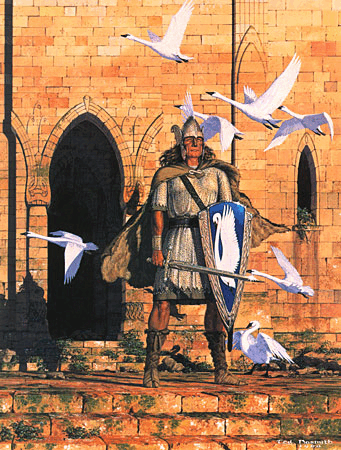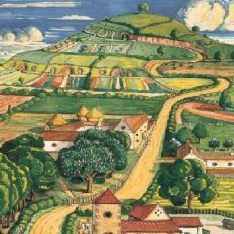-
Posts
2340 -
Joined
-
Last visited
-
Kor'garr is pretty good at skinning elves! We made a nice dress for Munkizh'Gorkil back during the First Elvenesse Wagh from Twiggeh Leather!
-
Anyone know any good Elvish skinners?
-
.thumb.gif.8a17fdaf8afb0db93227240719bd8aa7.gif)
-
ByUniBearse.thumb.png.a4b527c03666cb1b844a73d69e6dd4b4.png)
@AnimeWolf0080Is pretty good at making skins
-

-
-
Hey man I need u
-
what's good bros
- Show previous comments 1 more
-

-

good brah you? @satinkira
-
 1 hour ago, Treshure said:
1 hour ago, Treshure said:good brah you? @satinkira
i'm well, good to see you back
-
Or just have an admin own all of the lotc discords. it wont stop backdoor deals etc but yknow, at least theyd be easier to monitor, though it wouldnt stop players from making private discords to plot etc
-

I feel that players make these Discords as a way to autonomously have control over their community - IE, circumventing Admins. Think it would generate the result you describe.
I'm heavily in favor of a bottom-up approach than the top-down. Player leaders need to assume full ownership over their community and apart of the server's broader identity and do the things that need to be done, such as discarding Discord, gradually or otherwise.
-




.thumb.gif.68002202ef805414ec6f34905c5c296b.gif)












.thumb.gif.31ccc16142e21b620ad6c6f6da6545e3.gif)


.thumb.gif.8a17fdaf8afb0db93227240719bd8aa7.gif)


.thumb.webp.3898e309248f007d21ee846cfc16030d.webp)
ByUniBearse.thumb.png.a4b527c03666cb1b844a73d69e6dd4b4.png)




